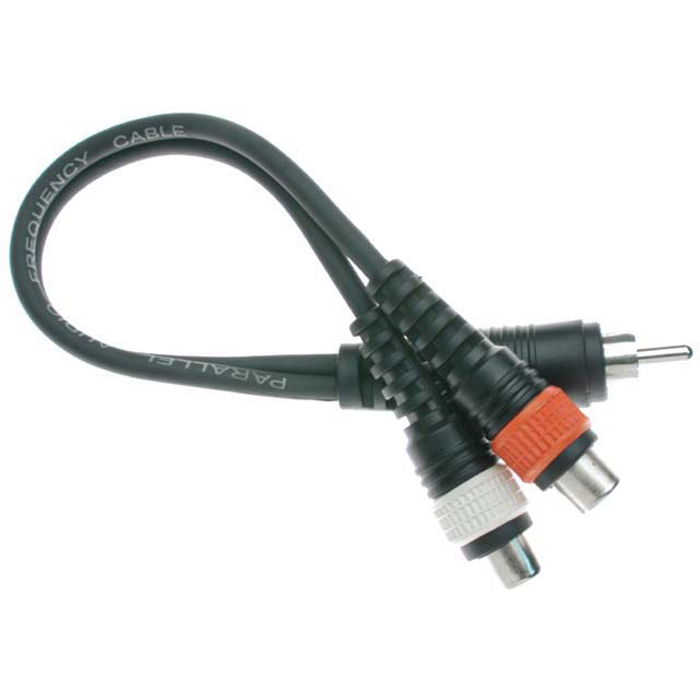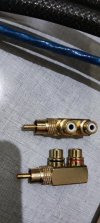Hi everyone,
I have a question, I already googled it and mainly found personal opinions, so I was curious if somebody could give me an answer to my question in this forum?
- I ordered the Topping E30 which has one RCA out:

- I want to buy 2 RCA-splitters:

- my active sub is on the other side of the room and needs 2 pretty long RCA cables (left, right,10 metres)
- my active speakers will be close to the DAC, 2x RCA cables (left,right, 1,5 metres)
Generally speaking (but also including my coming setup), can I expect some loss in audio quality if RCA-splitters are used?
Looking forward to get some answers, thank you!
I have a question, I already googled it and mainly found personal opinions, so I was curious if somebody could give me an answer to my question in this forum?
- I ordered the Topping E30 which has one RCA out:
- I want to buy 2 RCA-splitters:

- my active sub is on the other side of the room and needs 2 pretty long RCA cables (left, right,10 metres)
- my active speakers will be close to the DAC, 2x RCA cables (left,right, 1,5 metres)
Generally speaking (but also including my coming setup), can I expect some loss in audio quality if RCA-splitters are used?
Looking forward to get some answers, thank you!




